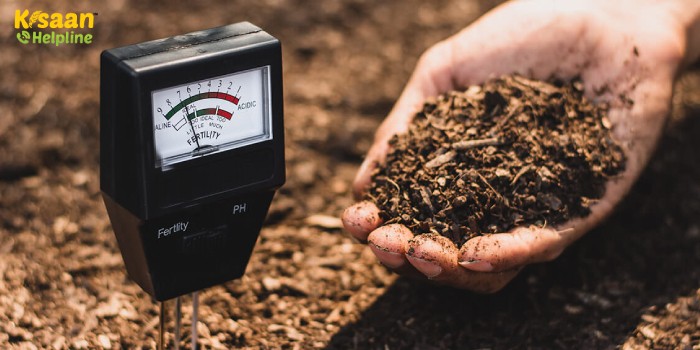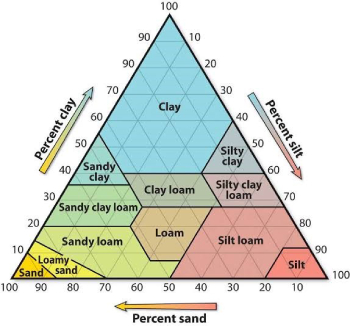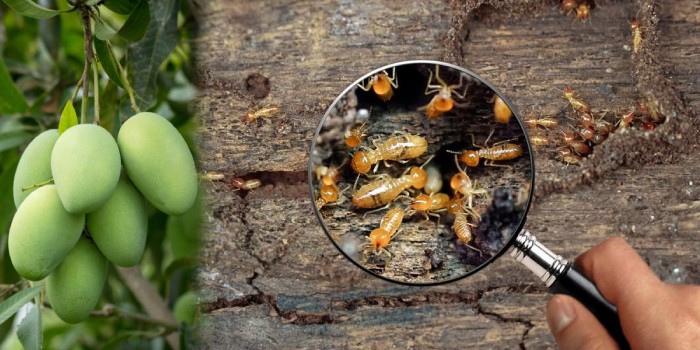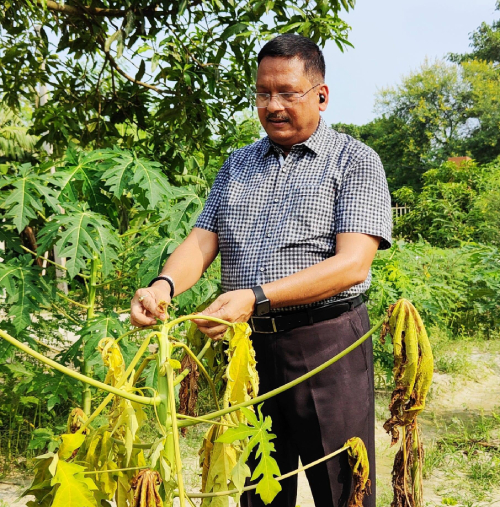
Raghvendra Kumar Kushwaha
M.Sc. (Agri.) Soil Science,1Sem.
Sam Higginbottom University of Agriculture, Technology and Sciences
Allahabad-211007,U.P.
Introduction-
It is a physical property of the soil in which sand, silt and clay (5:3:2 Ratio) are found in a certain proportion. This is permanent property of the soil .which cannot be changed. Soil is made up of soil particles of different sizes. Texture is an important characteristic of soil.
“Soil Texture refers to the relative percentage of sand silt and clay present in the soil”
Or
“The Relative proportion of sand, silt and clay is called soil texture”
Sand- In this >70% sand and <15% clay is found on the basis of weight.
Silt- in this 80% silt and <12 % clay is found on the basis of weight.
Clay- in this < 35 to 40 % clay is found on the basis of weight.
Textural Triangle- It is a triangular structure and represents 12 types of soil texture. It is used to study different types of soils present in India.

Fig- Determination of textural classes in the laboratory.
Soil Texture Class- The texture of the Soil is mainly kept in three classes.
(1) Sandy soil
(2) Loamy soil
(3) Clay soil
(1) Sandy Soil- It can be divided into two groups:
a. Sandy soil
b. Loamy soil
(2) Loamy Soil- It can be divided into seven groups:
a) Sandy loam
b) Loam soil
c) Silt loam
d) Silt
e) Sandy clay loam
f) Clay loam
g) Silt clay loam
(3) Loamy Soil- It can be divided into three groups:
a). Sandy clay
b). Silt clay
c). Clay
Determination of Soil Texture- Soil structure determination can be done by the following methods.
(1) Feel method
(2) Mechanical Analysis
(3) Laboratory Method
(1) Feel Method- In this method, determined can be done with following aspects:
Ball Formation
Stickiness
Rubber formation
Grittiness
(2) Mechanical Analysis - It can be divided into two parts:
a) Hydrometer Method
b) Pipette Method
(3) Laboratory Method – Particle size analysis determines the soil structure by determining the relative amount of sand, silt and clay in the soil.
Particle size classification- Different soil groups and different scientists have classified the particle size of the soil on the basis of size.
(1) The American system developed by USDA
(2) The English system or British system (BSI)
(3) The International system (ISSS)
(4) European system
(1) USDA-
Soil separates Diameter (mm)
Very Coarse Sand 1.00-2.00
Coarse Sand 1.00-0.50
Medium Sand 0.50-0.25
Fine Sand 0.25- 0.10
Very Fine Sand 0.10-0.05
Silt 0.05-0.002
Clay < 0.002 mm
(2) ISSS –
Soil separates Diameter (mm)
Coarse sand 2.0-0.2
Fine sand 0.2-0.02
Silt 0.02- 0.002
Clay <0.002
(3) European System –
Soil separates Diameter (mm)
Fine silt 0.002-0.006
Coarse clay 0.002-0.0006
Medium clay 0.0006-0.0002
Fine clay <0.0002
Importance of Soil Texture in Agriculture -
1. Soil texture is an important physical property of soil which governs soil health & quality.
2. It determines the capacity of soil to store nutrients, water & air.
3. It indicates the power required to plough the soil. Heavy soil requires more power & energy for ploughing.
4. Optimum soil texture is necessary for better plant stand, optimum growth & efficient water & nutrient supply of the plants.








